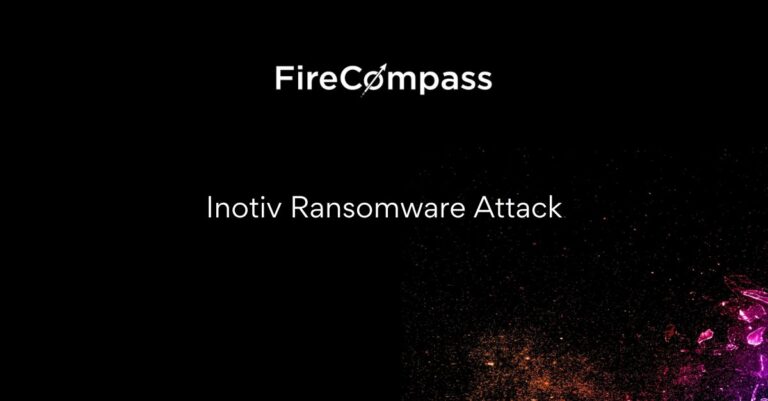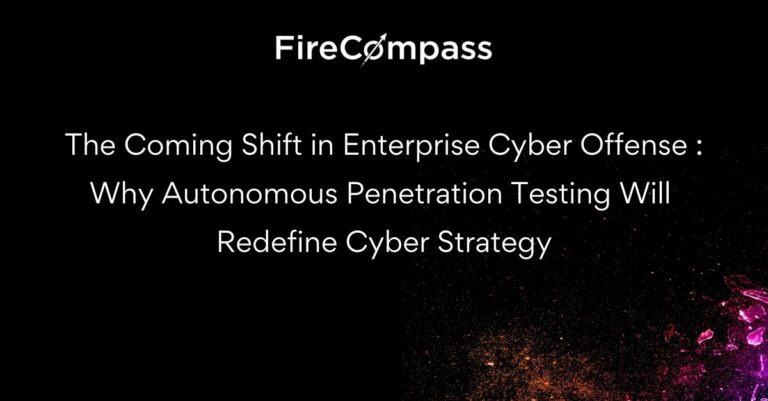Cybersecurity Benchmarking is a well-established practice among successful organizations, but the areas these organizations choose to benchmark have not always evolved with changing business concerns. The number of Cybersecurity threats across all industries around the world is increasing tremendously. Today’s organizations predominantly struggle with the protection of their aforementioned critical assets against these hazards.
Benchmarking is the process of researching competitors and peers and setting internal performance goals based on that research. Cybersecurity Benchmarking is a well-established practice among successful organizations, but the areas these organizations choose to benchmark have not always evolved with changing business concerns.
More and more, business leaders are beginning to understand the realities of increasing cyber risk. They realize that every business is exposed to threats, those threats are constantly evolving, and no matter how many protections a business has in place, some are bound to slip through.
Security ratings are easy to understand. With security ratings, benchmarking cybersecurity becomes simple. The single security rating number provides an organization’s overall state of cyber risk along with the ability to drill down for more in-depth analysis of individual risk vectors. Security ratings are objective, verifiable, actionable, and easy-to-report to non-technical individuals.
Benefits Of Cybersecurity Benchmarking
Security ratings provide the how of cybersecurity benchmarking. Now let’s discuss the why. The practice of benchmarking cybersecurity using security ratings has significant advantages for businesses that take part.
- Identifies specific problem areas and eliminates guesswork
- Builds confidence when “gut feel” assumptions are validated
- Helps to prioritize improvement opportunities
- Shifts internal thinking from “inputs” to “outputs” (i.e. measures)
- Serves as an excellent baseline “report card”
- Makes it easier to increase performance expectations and “raise the bar”
- Creates a sense of competitiveness and a real desire to improve
- Challenges people to “work smarter” instead of “working harder”.
Framework For Effective Cybersecurity Benchmarking
Now that we’ve established the importance of security ratings for benchmarking and learned how cybersecurity benchmarking can benefit an organization, let’s walk through a recommended framework for beginning the cybersecurity benchmarking process.
Analysing Security Ratings Snapshot: The first step in any benchmarking process is to quantify your own performance. When it comes to cybersecurity, the simplest way to do this is to request a Security Ratings. Prioritizing investment in securing strategic business assets where the effect of a security breach would be most harmful.
Understanding Security Ratings Methodology: Understanding how security ratings are determined will help to use those ratings for optimal decision-making, and to receive buy-in for your benchmarking efforts. Investing in flexible, dynamic programmes that allow you to continually innovate and stay ahead of potential hackers.
Security Competitors: We should analyze and compare security performance with competitors, industry peers, best-in-class companies, internal business units, branch offices, or any of the other categories as per the organizations’ performance and market. If you choose to compare your performance to external organizations, choose 5-10 for a good sample size.
Action Plans
Evaluate your existing cybersecurity tools to determine their effectiveness, potentially freeing up resources that can be allocated elsewhere. Ensuring that CISOs have a voice in the boardroom and are able to help coordinate a top-down approach to security that highlights its role in protecting corporate value.
Conclusion:
Cybersecurity ratings are the ideal benchmarking solution for measuring cybersecurity performance. As cyber threats continue to increase, security has to take a central role in an organization’s business strategy. These ratings are continually updated, leverage standardized external data, are created based on a variety of risk vectors, and are simple to understand and communicate.
With the power of security ratings, business leaders can gain an understanding of their cyber risk and security posture as compared with a variety of peers and competitors. Then, they can use that understanding to improve strategy and decision making.
There are no more excuses. Cybersecurity benchmarking isn’t just a possibility — it’s a necessary business practice.
Sources: Benefits of Benchmarking












